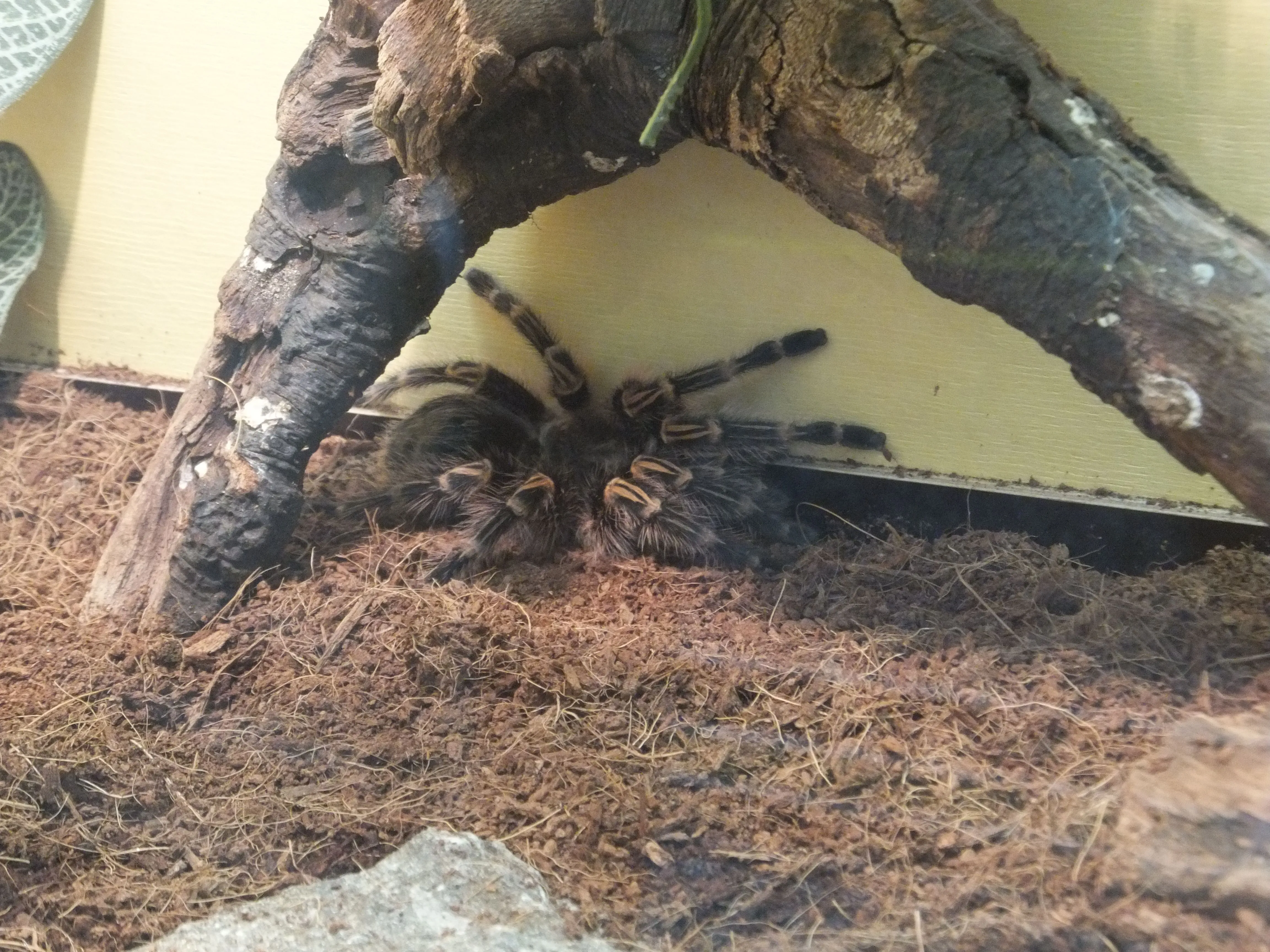What Makes the Best Tarantula Pet UK
Choosing a tarantula as a pet can be an incredibly rewarding experience, offering a fascinating glimpse into the world of arachnids. In the UK, the popularity of these eight-legged creatures is on the rise, and with good reason. They’re relatively low-maintenance compared to many other pets, captivating to observe, and can live for a surprisingly long time. However, the ‘best’ tarantula pet really depends on individual circumstances, experience levels, and preferences. This guide aims to provide you with all the necessary information to make an informed decision, ensuring both you and your new pet thrive. Consider the tarantula’s temperament, size, and care requirements to determine if it aligns with your lifestyle and commitment level before making a final decision. The tarantula’s lifespan is another important factor.
Choosing the Right Tarantula Species for You
Selecting the right tarantula species is paramount for a positive pet-keeping experience. Different species have varying temperaments, sizes, and care needs. For beginners, it’s generally best to start with docile, hardy species that are less prone to defensive behaviors. More experienced keepers might be drawn to the vibrant colors and unique behaviors of rarer species, but this often comes with increased responsibility. Always research a species thoroughly before acquiring it. Consider its potential adult size, venom potency (though most tarantulas are not medically significant), and the specific environmental conditions it requires. Purchasing from a reputable breeder or supplier is also crucial, as they can provide information on the tarantula’s lineage, health, and any specific care instructions.
Beginner-Friendly Tarantula Species
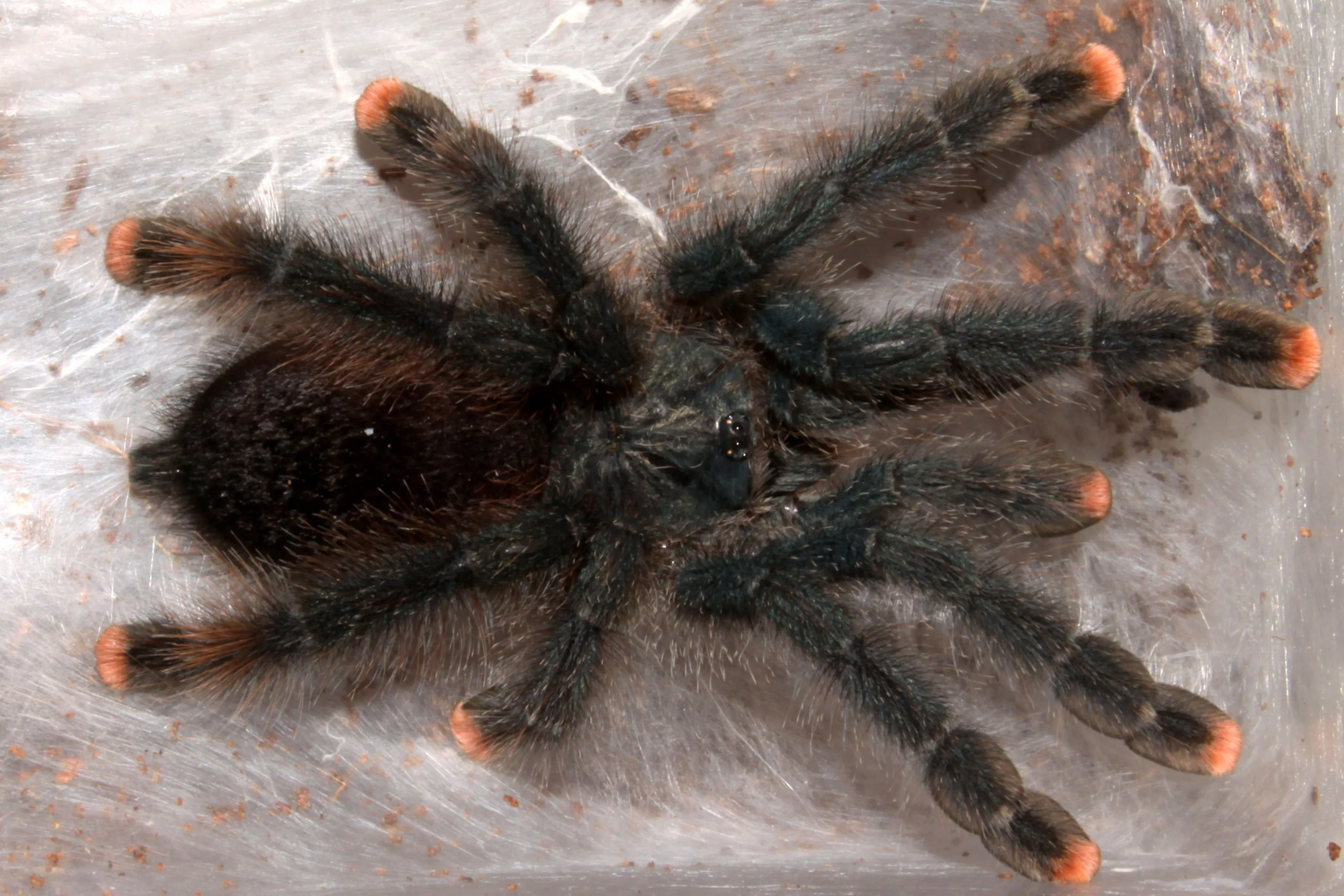
Several tarantula species are particularly well-suited for beginners in the UK. These species are typically docile, relatively easy to care for, and have a good track record of thriving in captivity. Their care requirements are generally less demanding, making them ideal for those new to keeping these fascinating creatures. Always research the specific needs of each species, but these are some of the best to consider.
The Chilean Rose Hair Tarantula
The Chilean Rose Hair (Grammostola rosea) is often recommended as a first tarantula. They are known for their docile temperament, relatively slow movements, and tolerance of a range of conditions. These tarantulas are usually quite gentle, making them a good choice for those who want a pet that can be observed without constant fear of aggression. They also have a long lifespan, with females often living for over 20 years. Their care is relatively simple, requiring a moderate humidity level and a substrate that retains moisture.
The Curly Hair Tarantula
The Curly Hair tarantula (Tliltocatl albopilosus) is another excellent option for beginners. They are known for their striking appearance, with dark bodies covered in golden-brown hairs. They are generally docile and tolerate handling well. Curly hairs are also quite hardy and can withstand fluctuations in temperature and humidity. Their care is similar to that of the Chilean Rose Hair, making them a relatively easy species to maintain.
The Mexican Red Knee Tarantula
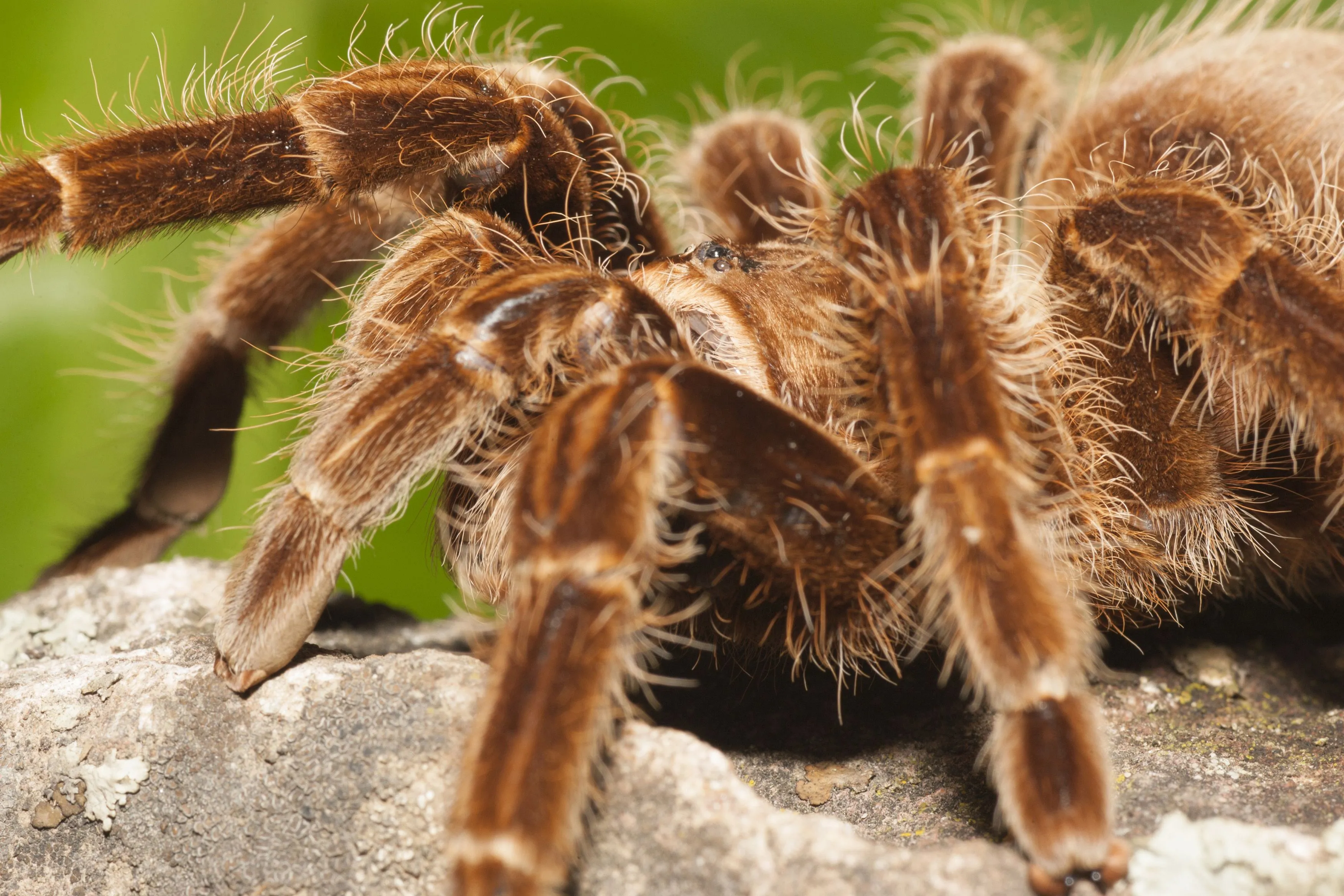
The Mexican Red Knee (Brachypelma hamorii) is a classic choice for tarantula enthusiasts. While they can be a bit more skittish than the other two, they are generally not aggressive. They are famous for their striking coloration, with black and orange bands on their legs. Their care requirements are slightly more specific, requiring a drier environment with good ventilation, but they remain a manageable species for beginners who are willing to do their research and pay close attention to detail.
Intermediate Tarantula Species
Once you’ve gained experience with beginner-friendly species, you might be ready to explore intermediate options. These tarantulas may have slightly more demanding care needs, a more sensitive temperament, or require a more specialized setup. Research these tarantulas before purchasing.
The Cobalt Blue Tarantula
The Cobalt Blue (Cyriopagopus lividus) is known for its striking metallic blue coloration. They are known for being fast and defensive, and are therefore not recommended for beginners. They require a high humidity environment and a secure enclosure. They are best left to experienced keepers.
The Greenbottle Blue Tarantula
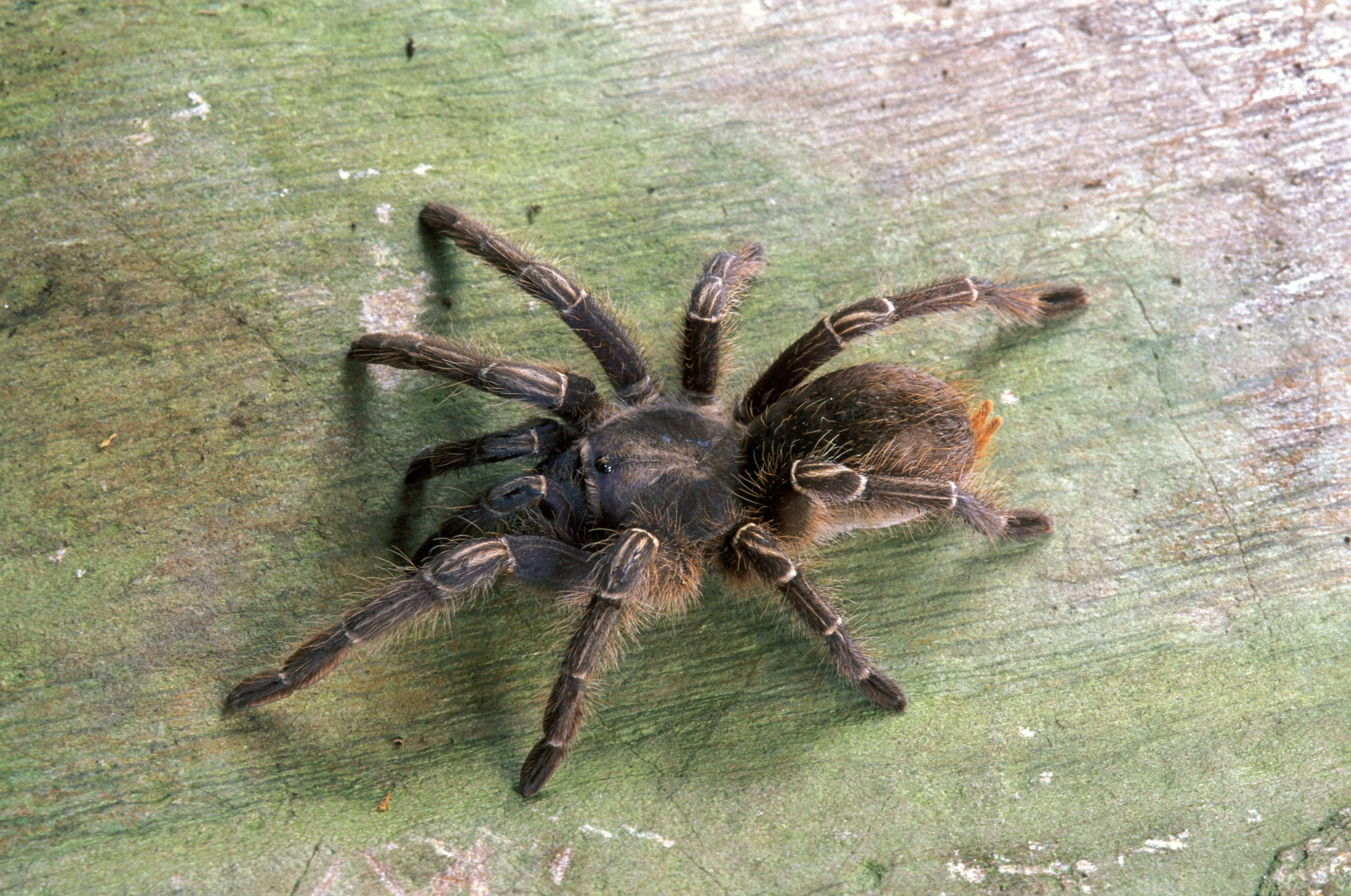
The Greenbottle Blue (Chromatopelma cyaneopubescens) is a vibrant species that is semi-arboreal. They are beautiful, but can be skittish and defensive. They require a drier environment, well-ventilated enclosure and are best for keepers who are prepared for the potential for defensive behaviour.
Advanced Tarantula Species
Advanced tarantula species are generally reserved for experienced keepers. They might have specific environmental requirements, be prone to aggression, or possess potent venom. Careful research and preparation are crucial before considering these tarantulas.
Essential Tarantula Pet Care in the UK
Proper care is essential for the health and well-being of your tarantula. This involves creating a suitable habitat, providing the correct diet, and handling the tarantula responsibly. It’s also crucial to be vigilant about recognizing and addressing any potential health issues. A well-cared-for tarantula can live for many years, providing you with endless fascination. Remember to always research the specific needs of your chosen species, as requirements can vary significantly.
Creating the Perfect Tarantula Habitat
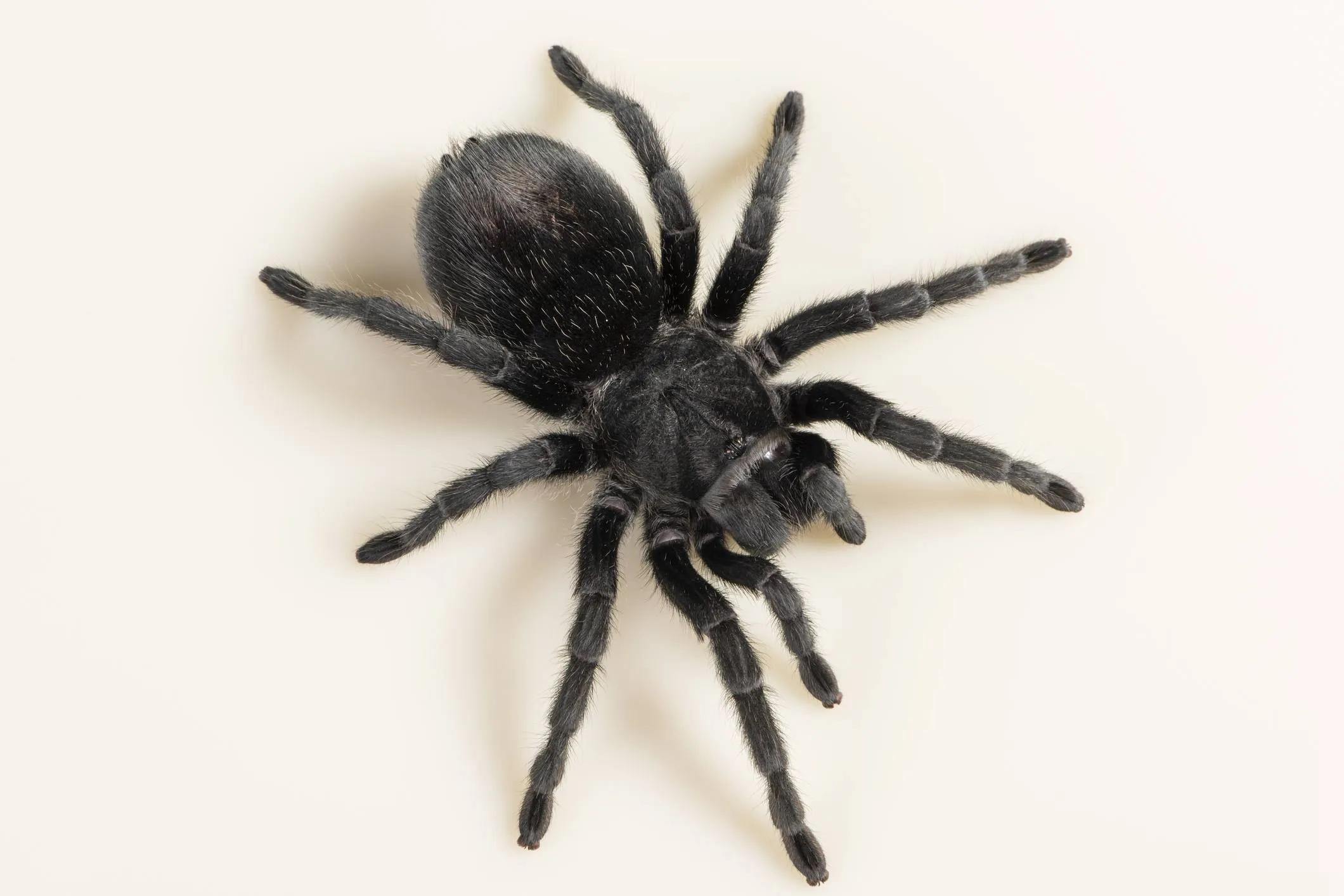
A suitable habitat is fundamental to a tarantula’s well-being. This involves selecting an appropriate enclosure, providing the correct substrate, and maintaining optimal temperature and humidity levels. The enclosure should be appropriately sized for the tarantula’s adult size, well-ventilated, and escape-proof. The substrate should be non-toxic and capable of retaining moisture, and a water dish should always be available. The habitat should mimic the natural environment of your tarantula as closely as possible.
Temperature and Humidity Control
Maintaining the correct temperature and humidity is essential for your tarantula’s health. Most tarantulas thrive in temperatures between 21-29°C (70-85°F). You can use a heat mat or a ceramic heat emitter to provide supplemental heat. Humidity levels vary depending on the species, so research your tarantula’s specific requirements. You can monitor humidity with a hygrometer and maintain it by misting the enclosure with water or by ensuring the substrate is sufficiently moist. Poor temperature or humidity control can lead to health problems, such as difficulty molting or dehydration.
Substrate and Enclosure Setup
The substrate is the bedding in your tarantula’s enclosure. The best substrates provide moisture retention, allow the tarantula to burrow, and are non-toxic. Popular options include coco fiber, peat moss, and vermiculite. The enclosure should be appropriately sized for the tarantula, with adequate ventilation. Provide a water dish with fresh, clean water at all times. Add a hide, such as a cork bark or a hollow log, to give the tarantula a place to retreat and feel secure. Decorate the enclosure with artificial plants or other non-toxic items to add visual interest and enrichment for the tarantula.
Feeding Your Tarantula
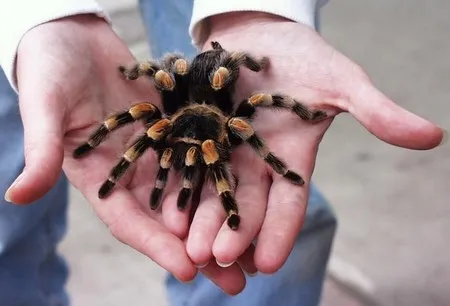
Feeding your tarantula properly is crucial for its health and growth. The diet should consist primarily of insects, but the specific types and sizes of insects will depend on the tarantula’s size and species. It’s also essential to consider the feeding frequency and quantity. Overfeeding can lead to health problems, while underfeeding can stunt growth or cause the tarantula to become stressed. Always ensure that any insects you feed your tarantula are gut-loaded (fed nutritious food before being given to the tarantula) to provide the best nutritional value.
What to Feed Your Tarantula
The diet of a tarantula should primarily consist of insects. Suitable food items include crickets, mealworms, dubia roaches, and locusts. The size of the insects should be appropriate for the size of your tarantula; the general rule of thumb is that the prey item should be no larger than the tarantula’s body. Always ensure that the insects are sourced from a reputable supplier or breeder, as they should be free from pesticides. The insects should also be gut-loaded to provide your tarantula with the best possible nutrition.
Feeding Frequency and Quantity
The feeding frequency and quantity vary depending on the tarantula’s age and species. Juvenile tarantulas typically need to be fed more frequently, often every few days, while adults can be fed less often, usually once or twice a week. Observe your tarantula’s body condition; a plump abdomen indicates that it is well-fed. Remove any uneaten prey after 24 hours to prevent them from stressing your tarantula. Do not overfeed your tarantula, as this can lead to health problems. Adjust the feeding schedule as needed based on the tarantula’s activity level, molting cycle, and overall health.
Handling and Safety Tips for Tarantula Pets
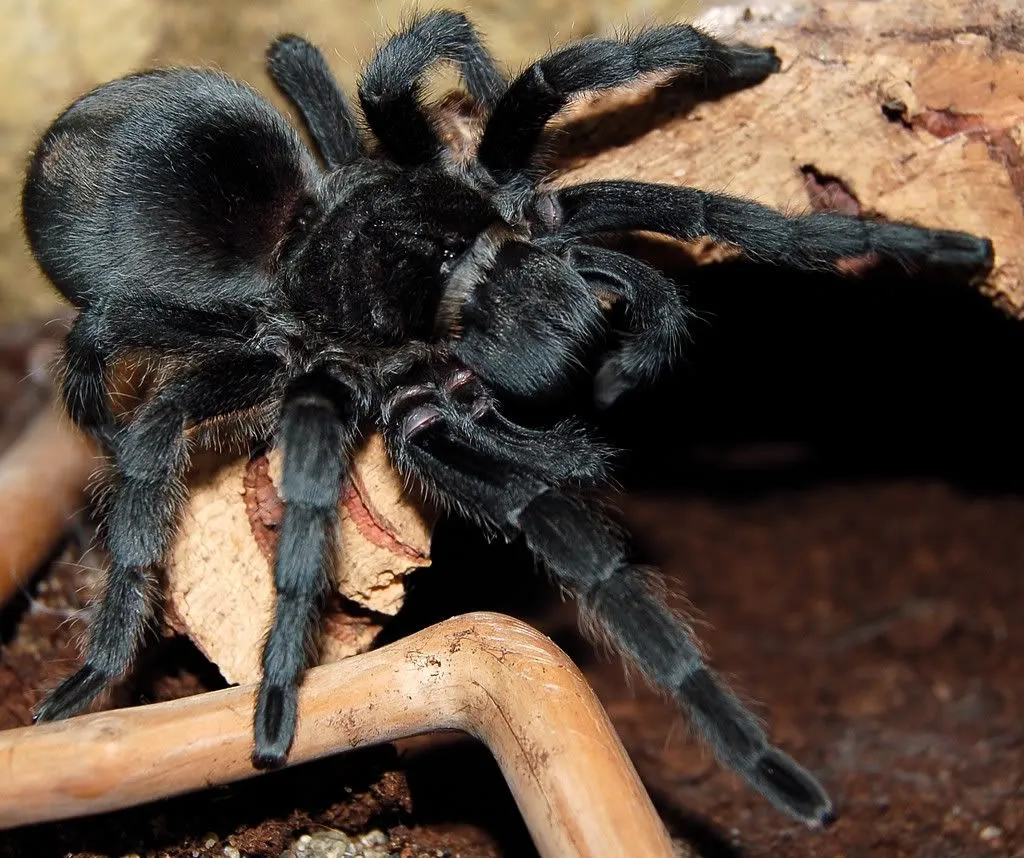
While tarantulas are not generally aggressive, handling them should be done with caution and only when necessary. Some species are more docile than others, but all tarantulas can bite if they feel threatened. A bite from a tarantula can be painful, and although the venom of most species is not medically significant to humans, it can cause local pain, redness, and swelling. It’s always best to observe your tarantula and handle it only when absolutely necessary, such as when cleaning the enclosure or moving the tarantula to a new habitat.
Safe Handling Practices
If you must handle your tarantula, do so with caution. Wash your hands thoroughly before and after handling to prevent the spread of bacteria. Handle your tarantula close to the ground or a soft surface to minimize the risk of injury if it falls. Avoid sudden movements, and allow the tarantula to crawl onto your hand rather than grabbing it. Never force the tarantula to do anything, and always pay attention to its body language. If it appears stressed or agitated, gently place it back in its enclosure. It is best not to handle tarantulas at all unless absolutely necessary.
Identifying Potential Risks
When handling your tarantula, there are several potential risks to be aware of. Tarantulas have urticating hairs that can cause skin irritation and discomfort if they come into contact with your skin. Some species are also more prone to biting than others, and a bite can be painful. Always be mindful of your tarantula’s temperament and body language, and avoid handling it if it appears stressed or agitated. Ensure that any children are supervised when near the tarantula’s enclosure, and educate them about the importance of respecting the animal. Be aware of any allergies you may have and take necessary precautions.
Where to Buy Your Tarantula Pet in the UK
The UK offers several options for purchasing tarantula pets. The most important thing is to buy from a reputable source to ensure you get a healthy tarantula. Reputable breeders and suppliers are better equipped to provide you with a healthy specimen and to provide the care information you may need. Online retailers also offer a wide variety of species, but it’s essential to research the retailer and read reviews before making a purchase. Local reptile shows and expos can be great places to meet breeders and view tarantulas in person before buying. Avoid purchasing from pet stores that do not specialize in reptiles and arachnids, as they might not have the necessary expertise to care for the tarantulas properly.
Reputable Breeders and Suppliers
Choosing a reputable breeder or supplier is crucial when buying a tarantula. Look for breeders who have a good reputation in the reptile community and are knowledgeable about tarantula care. They should be able to answer your questions and provide information about the tarantula’s lineage, health, and care requirements. Check online reviews and forums to gather information about the breeder’s reputation. A good supplier will also prioritize the health and well-being of their animals, and they will be willing to provide ongoing support and advice. Look for suppliers that are transparent about their breeding practices and willing to provide references or testimonials from satisfied customers.
What to Look for When Buying a Tarantula
When buying a tarantula, there are several things to look for to ensure that you are getting a healthy specimen. The tarantula should be alert, active, and responsive to its environment. Look for a full abdomen, which indicates that it is well-fed. The tarantula should not be missing any legs or have any visible injuries. Inspect the tarantula’s body for any signs of parasites or illness. The enclosure should be clean, and the tarantula should have access to fresh water. Ask the breeder or supplier about the tarantula’s feeding history, molting history, and temperament. If you are unsure about anything, ask questions and do not hesitate to walk away from the purchase if something doesn’t feel right.
Common Health Issues and Prevention
Like all pets, tarantulas can be susceptible to certain health issues. However, many of these issues can be prevented with proper care and attention. Understanding the signs of illness is crucial, as early detection can often lead to more successful treatment. Providing a clean and appropriate environment, a balanced diet, and avoiding stress are all essential steps in preventing health problems. Regular observation of your tarantula will help you to quickly identify any potential issues and take prompt action.
Recognizing Signs of Illness
It is important to recognize the signs of illness in tarantulas. Some common indicators include lethargy, loss of appetite, and changes in behavior. If your tarantula is not eating, or seems to have difficulty molting, these could be warning signs. Also look for any unusual discharge, swelling, or discoloration. Observing the tarantula’s posture and movement can also provide clues. A tarantula that is holding its legs close to its body or exhibiting tremors may be unwell. If you notice any of these signs, consult with a veterinarian who specializes in reptiles and arachnids.
Preventative Care Measures
Preventative care is crucial in maintaining the health of your tarantula. Providing a clean and appropriate environment, with the right temperature and humidity levels, is key. Feed your tarantula a balanced diet of appropriate-sized insects, and remove any uneaten prey promptly. Avoid overcrowding the enclosure, and provide hiding places to reduce stress. Handle your tarantula only when necessary and avoid any sudden movements or loud noises that could startle them. Quarantine new tarantulas for a few weeks to observe them for any signs of illness before introducing them to your existing collection. Regular cleaning and maintenance of the enclosure are also essential to prevent the build-up of bacteria and other harmful organisms.
Conclusion
Owning a tarantula can be a very rewarding experience, but it’s a commitment that requires thorough research, careful planning, and dedication. By understanding the needs of these fascinating creatures, choosing the right species, and providing the appropriate care, you can enjoy the unique experience of having a tarantula as a pet. Always remember that responsible pet ownership is the key to ensuring the health and well-being of your tarantula. Enjoy the journey!
